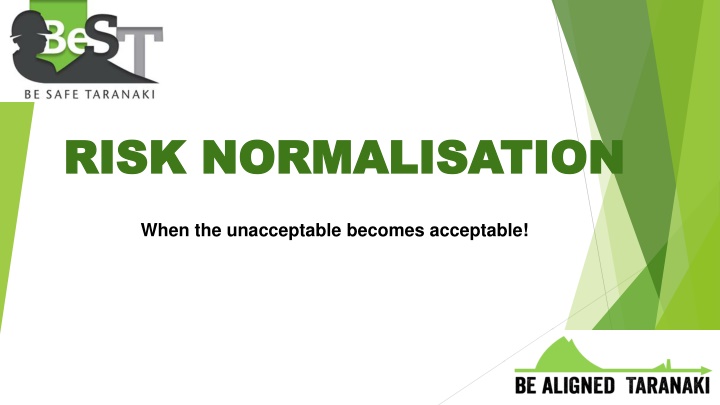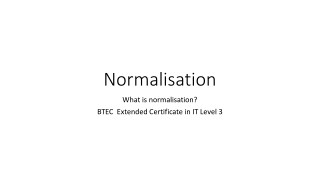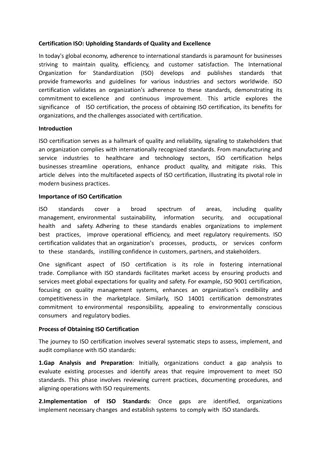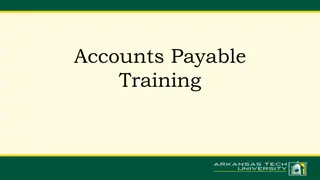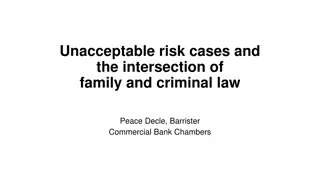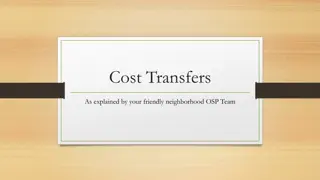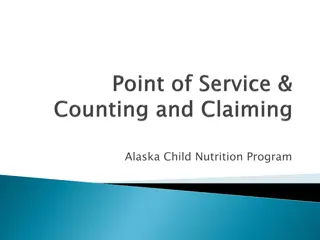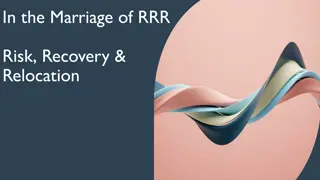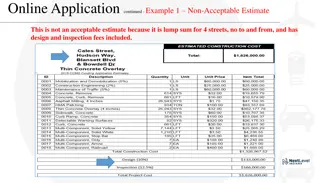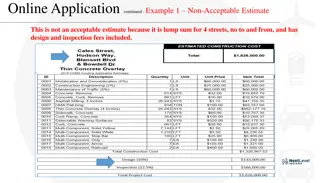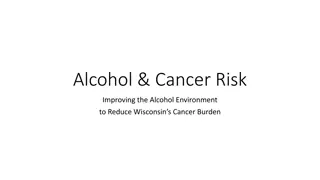When Unacceptable Becomes Acceptable: Risk Normalisation
Explore the concept of risk normalisation, common examples, and the impact of complacency and risk perception on our decision-making. Understand how repetitive tasks and a risk-free environment may lead to overlooking potential risks. Delve into the cognitive and emotional dimensions of risk perception and the role of habits in shaping our behavior.
Download Presentation

Please find below an Image/Link to download the presentation.
The content on the website is provided AS IS for your information and personal use only. It may not be sold, licensed, or shared on other websites without obtaining consent from the author.If you encounter any issues during the download, it is possible that the publisher has removed the file from their server.
You are allowed to download the files provided on this website for personal or commercial use, subject to the condition that they are used lawfully. All files are the property of their respective owners.
The content on the website is provided AS IS for your information and personal use only. It may not be sold, licensed, or shared on other websites without obtaining consent from the author.
E N D
Presentation Transcript
RISK NORMALISATION RISK NORMALISATION When the unacceptable becomes acceptable!
What is Risk Normalisation ? A VERY common human practice. An acceptance of risky behaviours over time. Question: What common examples of risk normalisation can you think of?
Why? 46.9% of our waking hours are spent thinking about something other than the task at hand *2010 Journal of Science, Gilbert & Killingsworth 3
Have we become complacent without even knowing it? We can no longer imagine things going wrong False sense of security Become unaware of hazards Don t notice small changes Take short cuts We put ourselves at risk 4
Risk Perception If work tasks are repeatedly carried out without any resulting severe consequence, this experience further entrenches the perception that the risk is normal and not requiring to be managed. This Photo by Unknown Author is licensed under CC BY-NC-ND
Risk Perception Risk perception has two main dimensions: cognitive emotional
Why does our brain do this to us? Complacency, Autopilot or Habituation? Forming habits is a tool that frees up our brains. We do it all the time. We do it automatically. There is nothing wrong with it. This is the part to blame your Frontal Lobe It is normal behaviour. 7
Having a Risk Free Environment We can be so used to conducting the same or similar activities with risks controlled, that the moment you do something different, you can fail to perceive risk as you haven t had to for a while. It s the natural downside of having a risk-free environment under normal conditions.
A further problem with assessing probable risk, is that risks are possible future events that have not yet occurred. This Photo by Unknown Author is licensed under CC BY-NC-ND
Key Risks & Risk Normalisation ? More likely to make the initial unsafe deviation. More likely to return to a previous unsafe deviation. Less likely to challenge deviations. More likely to allow deviations to alleviate stressful situations.
How can we fight it? We need to become vigilant Fight complacency, Be a Vigilante : don t allow complacency to creep in while you aren t looking 11
Empower Employees to speak up You cannot be everywhere at once.. Some employees will be aware of rules being broken, you need them to speak up. Conduct regular inspections Rotate teams to conduct inspections so that each team is not over familiar with the conditions Make training a priority All employees should receive periodic refresher training. This is an easy way to highlight risk normalization because workers will see firsthand if any of their current behaviors are unsafe.
Signs of Complacency Eliminating complacency - people don t expect to be hurt or killed on the job, and they simply go through the motions, sometimes skirting the rules in the process.
https://www.urbint.com/blog/p redictive-leading-indicators Pre-task planning Observations Audits Leadership engagement
Thank you Q & A
